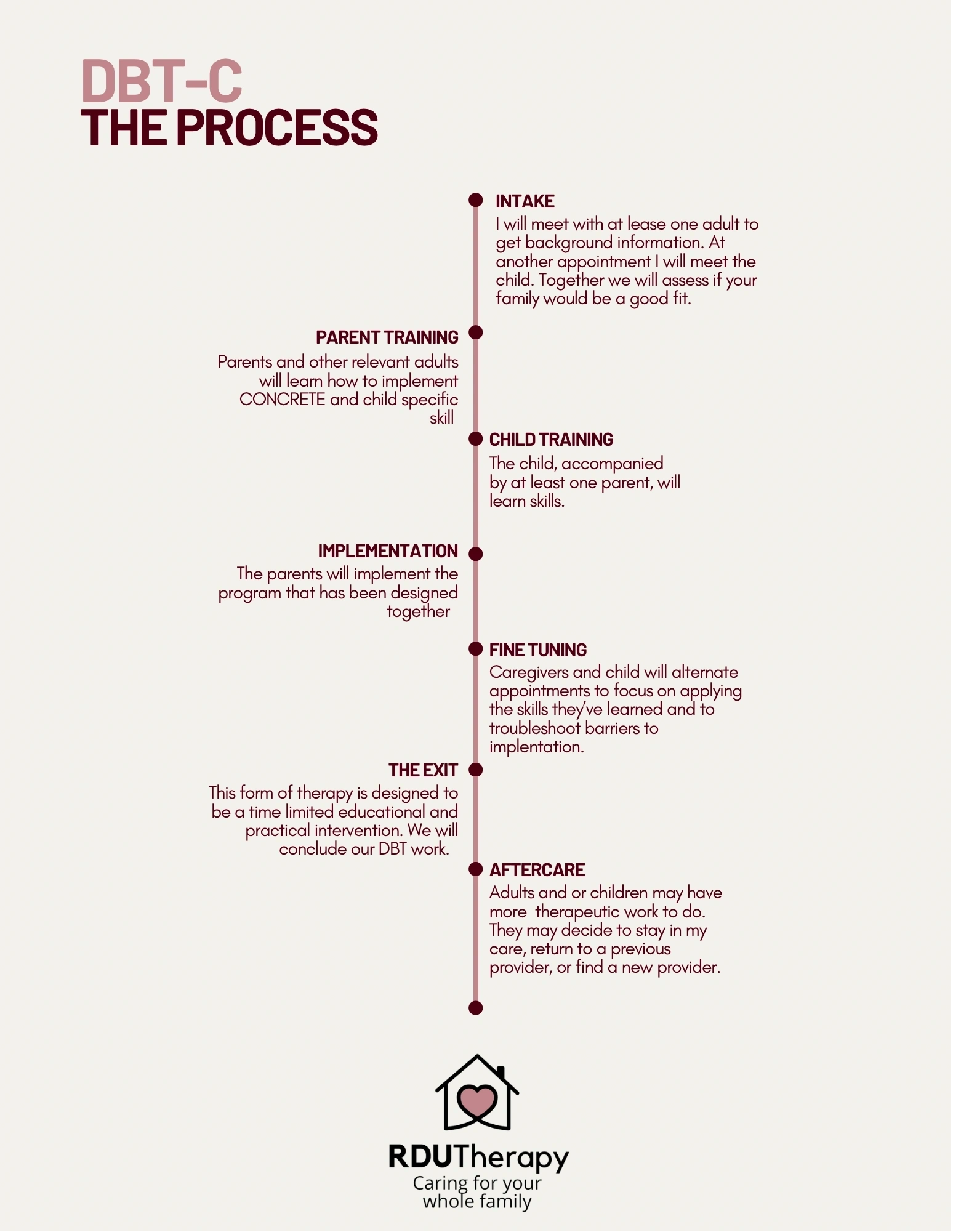Dialectical Behavior Therapy (DBT) emerged in the late 20th century as a vital therapeutic modality designed to treat individuals struggling with chronic emotional dysregulation, particularly those diagnosed with borderline personality disorder (BPD). Rooted in cognitive-behavioral principles, DBT integrates a unique dialectical philosophy, encouraging acceptance while promoting change. This historical overview traces the evolution of DBT, elucidating its significance in mental health and its potential as a mood-boosting experience.
Development of Dialectical Behavior Therapy: The Genesis
The late 1970s marked a pivotal era in psychological treatment when Marsha Linehan, a psychologist at the University of Washington, began formulating the principles that would eventually crystallize into DBT. Her work was influenced by the limitations she observed in existing therapeutic modalities for treating individuals with BPD, characterized by pervasive patterns of instability in emotions, interpersonal relationships, and self-image. Linehan’s innovative approach was principally a response to the growing need for effective strategies that could foster emotional regulation and interpersonal effectiveness among this struggling population.
Linehan’s personal experiences with mental health issues informed her clinical perspective, providing her with insights that transcended traditional methodologies. In her seminal work, “Cognitive-Behavioral Treatment of Borderline Personality Disorder” (1993), she articulated a clear framework that included skills training in mindfulness, emotional regulation, distress tolerance, and interpersonal effectiveness. This multifaceted approach was revolutionary, as it combined behavioral strategies with the emphasis on mindful awareness and acceptance, elements often overlooked in contemporary therapeutic practices.
Expanding the DBT Paradigm: From Individuals to Families
By the 1990s, Linehan recognized the importance of expanding DBT beyond individual therapy. Consequently, she began developing Family DBT, a modality designed to involve family members in the therapeutic process. This evolution was underscored by the understanding that familial dynamics significantly impact an individual’s mental health. As families often play a crucial role in shaping behaviors and emotions, engaging them in therapy could enhance the likelihood of positive outcomes.
DBT-Family integrated the principles of traditional DBT while introducing family-specific strategies aimed at fostering constructive communication and reducing conflict. The adaptiveness of this approach demonstrated undeniable success, revealing that mood-boosting experiences were not solely the individual’s purview, but also a collective journey toward healthier family dynamics. As cognitive-behavioral principles were interwoven with familial therapeutic interventions, contributors to emotional dysregulation came to light, making room for healing on multiple levels.
DBT’s Integration in Various Populations: A Broader Impact
In the subsequent years, DBT gained traction as it diversified its applications to accommodate various populations beyond those suffering from BPD. Clinicians began to tailor DBT for treating diverse mental health conditions, including mood disorders, substance abuse, and eating disorders. The adaptability of DBT concepts foregrounded the therapy’s effectiveness in addressing different presentations of emotional dysregulation, marking an evolution in therapeutic focus.
The expansion of DBT prompted rigorous empirical research to validate its efficacy across various demographics. Meta-analyses have revealed that DBT not only ameliorates symptoms of BPD but also enhances emotional resilience and boosts mood. Research indicates that patients undergoing DBT frequently reported increased life satisfaction, reduced suicidal ideation, and improved interpersonal relationships, highlighting how the integration of acceptance and change genuinely fosters a sense of empowerment and well-being.
Furthermore, the application of DBT principles to young populations, such as adolescents grappling with emotion regulation, has proved particularly promising. Interventions targeting distress tolerance and mindfulness have shown efficacy in schools, empowering youth to navigate the trials of adolescence with increased resilience. The emotionally turbulent landscape of adolescence is rich with potential for growth, and DBT equips young people with the tools necessary for cultivating emotional health and relational stability.
Mindfulness and the Mood-Boosting Experience in DBT
A cornerstone of DBT, mindfulness practices serve not only as therapeutic tools but also as transformative experiences. By fostering present-moment awareness, mindfulness helps individuals develop a nuanced understanding of their experiences, emotions, and reactions. This paradox arguably generates a mood-boosting effect; the more one becomes cognizant of their internal landscape, the greater the ability to regulate emotions effectively.
Research underscores the significance of mindfulness in enhancing emotional stability. Regular mindfulness practice has been associated with increased emotional awareness, reduced rumination, and decreased anxiety levels. It allows individuals to approach distress with curiosity rather than judgment, refining their ability to cope with adversity. As a result, DBT practice equips individuals with the mental fortitude to craft their mood-boosting narratives, anywhere from managing daily stresses to confronting deeper emotional wounds.
Cultivating Interpersonal Effectiveness: Building Connections
Another pivotal component of DBT is the emphasis on interpersonal effectiveness, which elucidates the essential connections between emotional health and relational dynamics. The skills taught within this domain empower individuals to communicate needs assertively while maintaining respect for others. Consequently, this fosters healthier relationships, mitigating instances of conflict, helplessness, and isolation, which collectively influence mood deterioration.
Empirical studies indicate that improved interpersonal relationships correlate with elevated psychological well-being and a more profound sense of belonging. As patients gain confidence in their ability to connect with others effectively, they experience not only mood elevation but also a broader impact on their social environment. The fostering of supportive relationships adds yet another layer to the multifaceted mood-boosting experience that DBT facilitates.
Conclusion: The Ongoing Journey of Dialectical Behavior Therapy
The historical trajectory of Dialectical Behavior Therapy reflects a meticulous evolution from its inception as a treatment for borderline personality disorder to its current applicability across various psychological challenges. DBT’s integration of mindfulness, emotional regulation, and interpersonal effectiveness signifies an enduring legacy in mental health treatment, fostering mood-boosting experiences for individuals and families alike. As the therapeutic landscape continues to evolve, the principles of DBT will likely serve as a guiding light for future innovations in emotional regulation and resilience, affirming the notion that healing and connection lie at the heart of the human experience.
